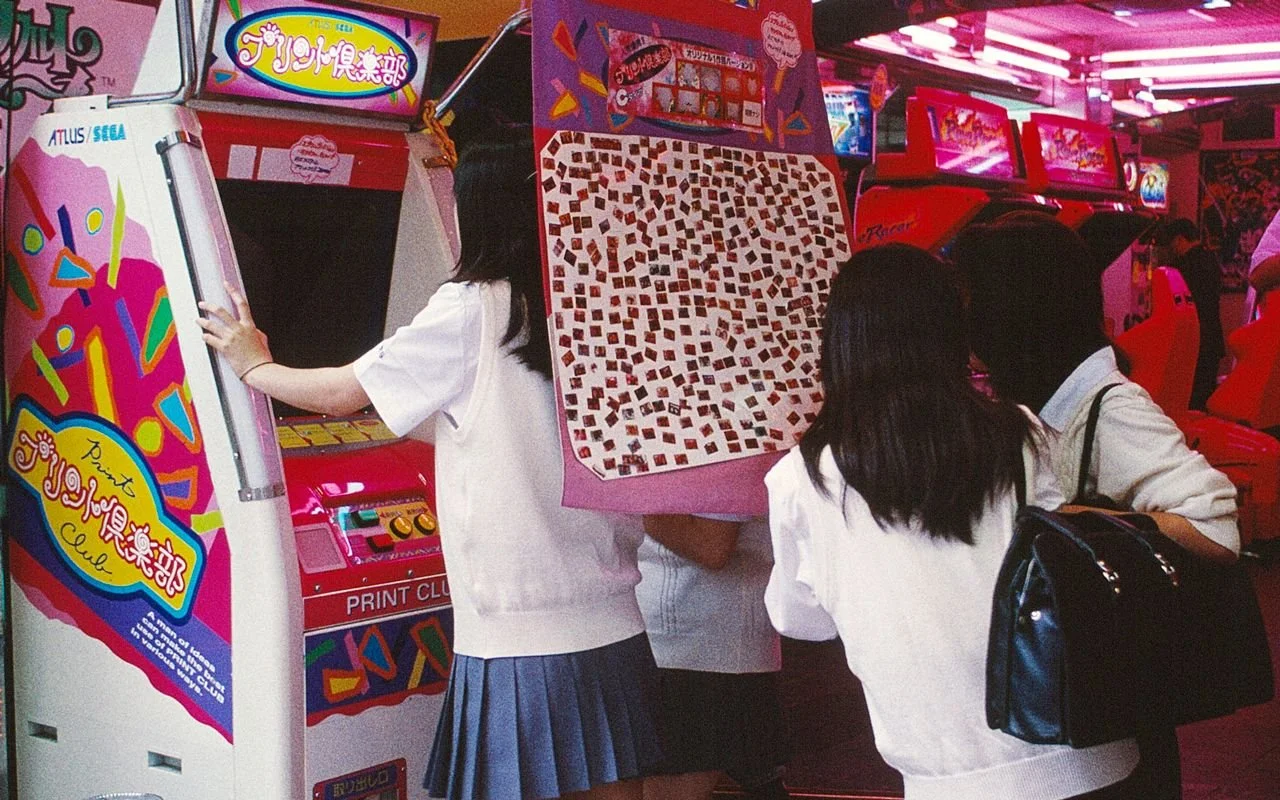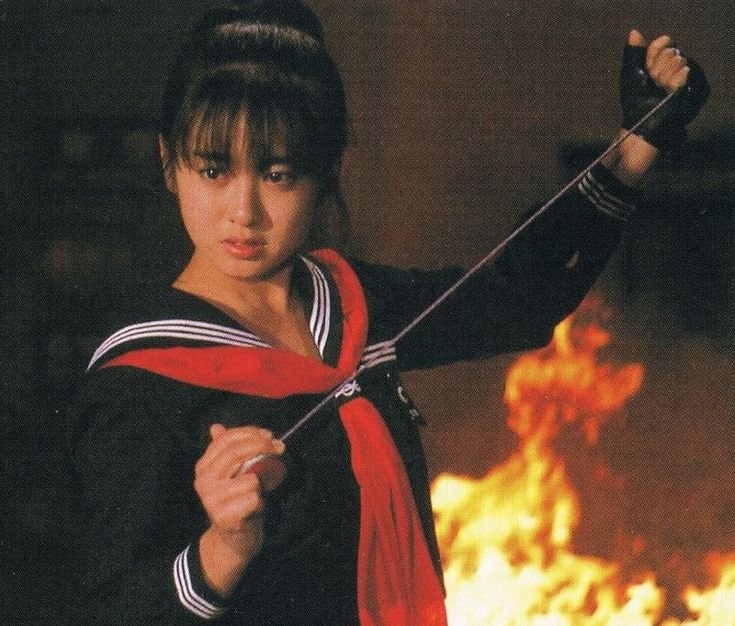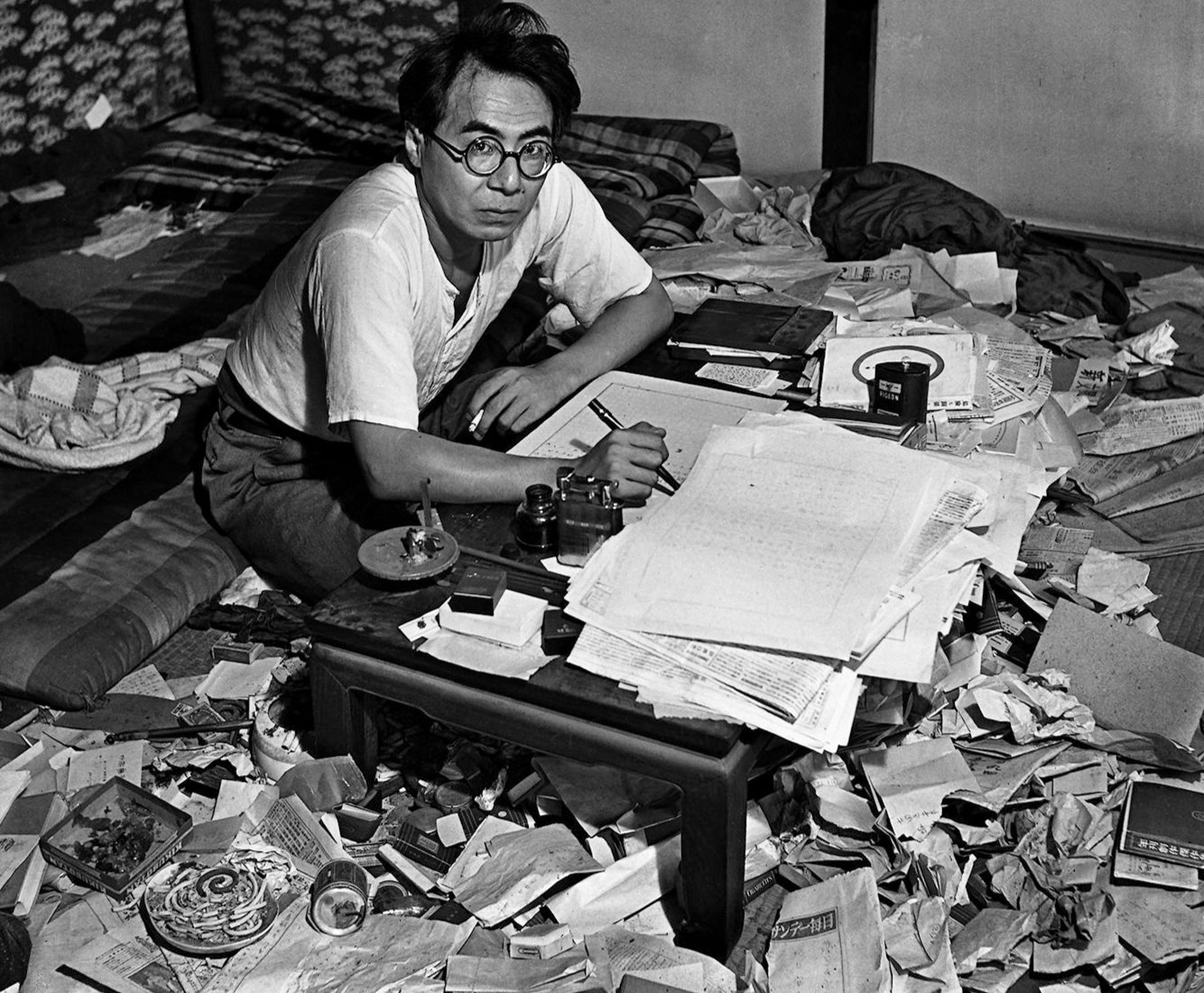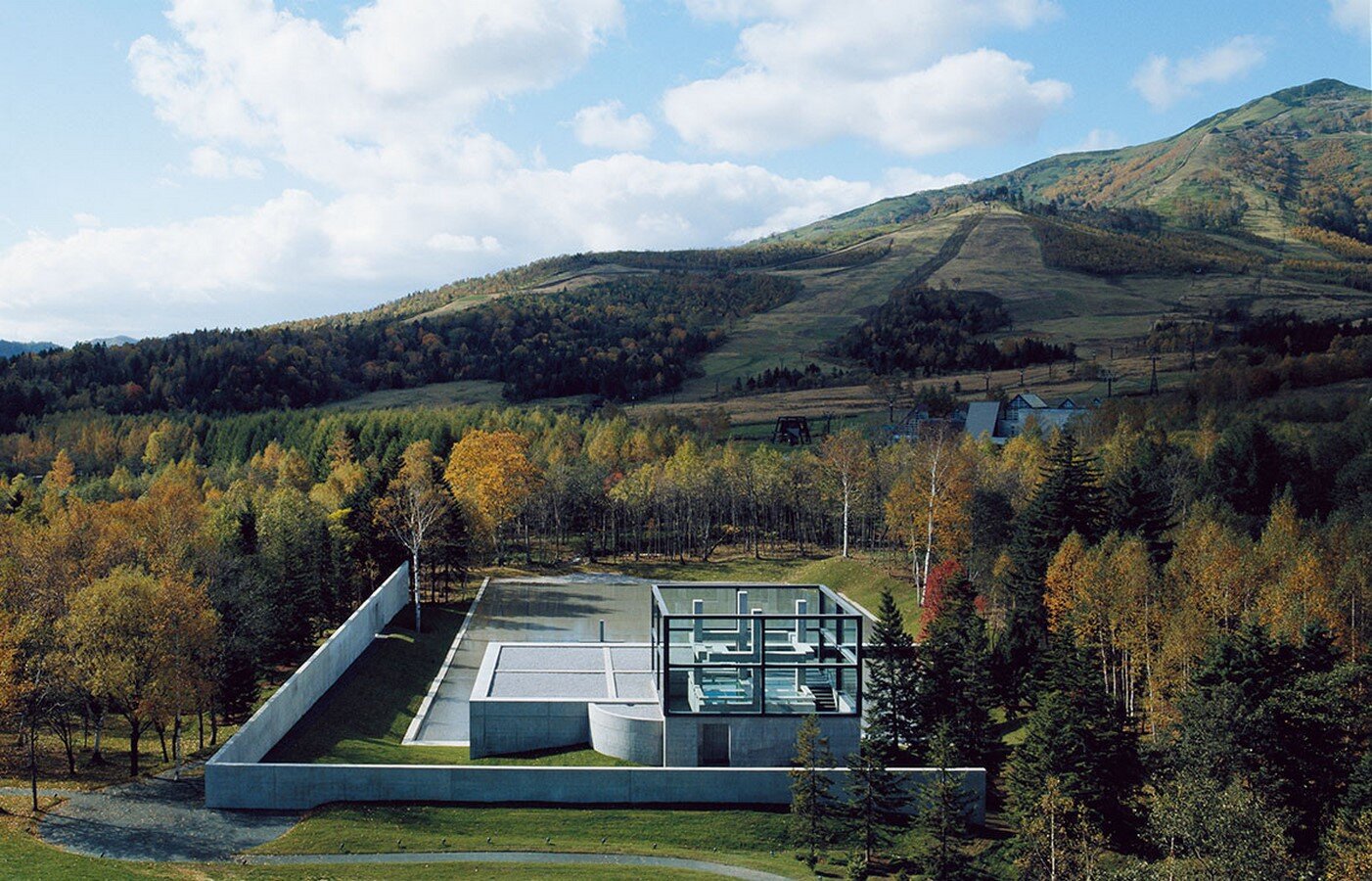
PURIKURA: the grandmother of the selfie
Discover the history of Purikura, the iconic Japanese photo booth that became the grandmother of the selfie. First launched in 1995 by Atlus and Sega, Purikura transformed sticker photos into a cultural craze—shaping youth trends, inspiring cell phone cameras, and paving the way for today’s selfies. From its explosive rise with SMAP’s endorsement to its lasting presence in arcades, karaoke shops, and train stations, Purikura remains a beloved piece of Japan’s pop culture.

SUKEBAN: delinquent girls
In the 1970s, Sukeban wreaked havoc on the streets of Japan armed with razor blades, bamboo swords, chains and their school uniforms

BURAIHA: The ‘decadents’ of Japan
Known as the “school of irresponsibility and decadence,” the ragtag Buraiha (無頼派) authors became notorious for their nihilistic attitudes and bohemian lifestyles

PAANTU FESTIVAL (パーントゥ)
A terrifying tradition on Miyako-jima sees 3 men dress as monsters and wander the town smearing mud on anyone and anything they see

NAKI SUMO: The Crying Baby Festival
This bizarre annual festival sees two sumo wrestlers hold a baby in a face off with the first to cry winning a blessing of good health

LES RALLIZES DÉNUDÉS
Les Rallizes Dénudés were a seminal and highly mysterious Japanese psychedelic rock band formed at Kyoto’s Doshisha University in 1967

ERO-GURO NANSENSU
Ero-guro nansensu, was a movement that began in the 1930s and took its name from the English words Erotic, Grotesque Nonsense. It reached into all aspects of Japanese media, culture and art and continues in an adapted form today

KARASU-ZOKU (カラス族)
Lasting from 1982 to 1990, Karasu-zoku (‘crow tribe’) was a Japanese fashion subculture that consisted of wearing androgynous, all-black designer outfits and accessories

LION CAFE: Shibuya’s secret classical music oasis
LION CAFE, a classical music cafe tucked away between love hotels and used underwear shops in the Maruyamacho district, is a relaxing oasis amidst Tokyo’s chaos

JAPAN’S MOST WANTED
Visit any Koban in Japan and you’ll be met with the same faces staring back at you – a wall of wanted posters, or Shimei Tehai (指名手配), showing the rewards offered for Japan’s most dangerous fugitives

COFFEE IN A CAN
Ready-to-drink canned coffee is ubiquitous with Japan. Filling every vending machine across the nation, it first became available in Japan in 1969 thanks to UCC Ueshima Coffee Co

KERA / KEROUAC MAGAZINE: For Eccentric Boys & Girls (1998-2017)
KERA (originally KEROUAC) Magazine first saw publication in 1998 and soon became the defining publication on Harajuku street culture

TOKYO STYLE: Raw Tokyo Living
Kyoichi Tsuzuki’s seminal 1993 book, TOKYO STYLE, is a collection of photographs that display the raw reality of living in Japan’s capital city

FLAMINGO BAR: Tokyo's Gaudy Artist Hangout
Now a shadow of its former self, FLAMINGO BAR in Roppongi was once a vivid crimson hangout for artists, burlesque dancers and advertising executives

1964 OLYMPICS: Tokyo’s Rebirth
1964, the first year that Tokyo hosted the Olympic Games, marked a turning point in post war Japanese society and, for many, announced the rebirth of the nation

SHIGERU MIZUKI: An illustrated guide to Yokai
Shigeru Mizuki, born in Osaka in 1922, was a prolific manga artist often regarded as the master of Japanese Yokai (monster) stories

DEMAEKI: Japan’s enduring contraption
With today’s reliance on apps for food delivery, it’s easy to think of it as an entirely modern phenomenon. In Japan however, food delivery, or demae (出前), goes back 300 years

KINGYO-BU: the goldfish club
In 2012, the KINGYOBU (“goldfish club”) transformed phone booths in Osaka into standing aquariums, providing a visual break from the monotony of city life

RETROSPECTIVE: Hot-Dog PRESS 1981

ELEMENTAL CHURCHES: Tadao Ando’s holy trinity
Wind, water & light - the three churches that contributed to the rise of architectural luminary Tadao Ando